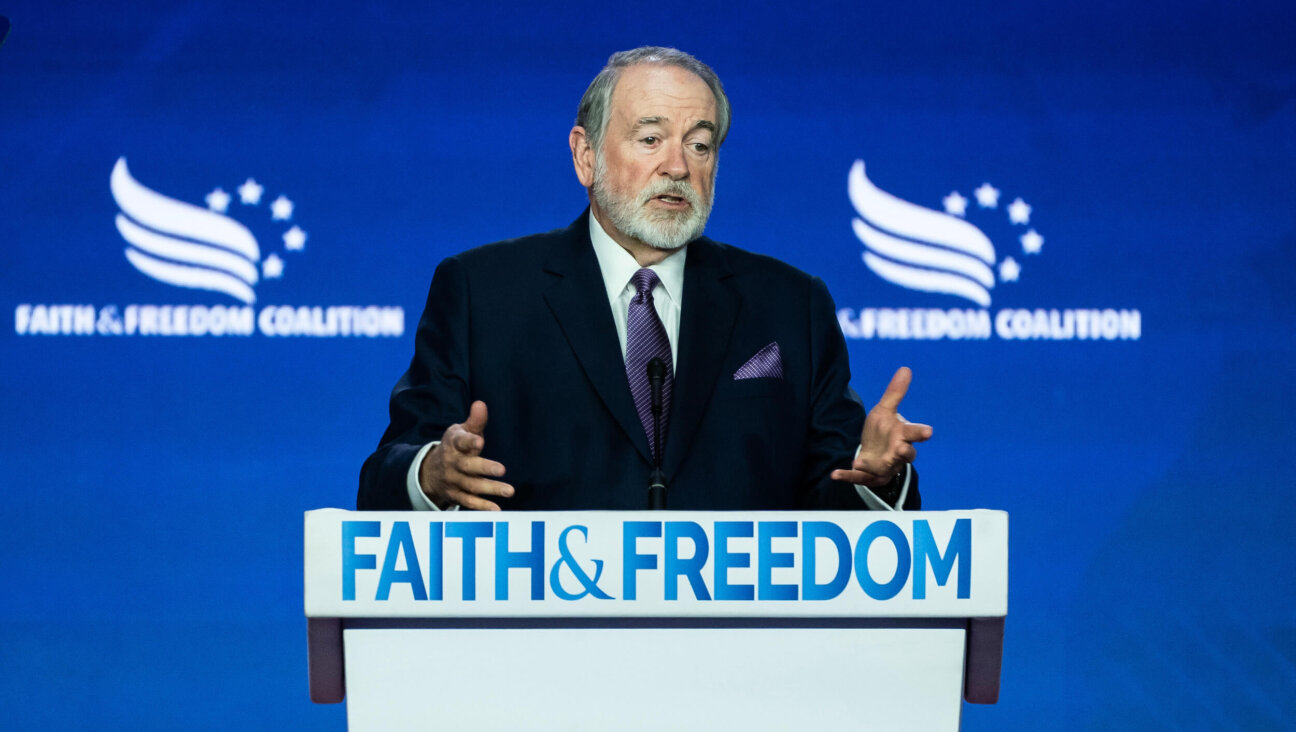Is it 1948 or 1967?
One way to understand the Israel/Palestine impasse: Either it is 1947/8, or it is 1967. If it is 1947/48, the argument is about narratives and refugees; if it is 1967, the argument is about borders and an end to the conflict.
In 1947, the United Nations endorsed a two-state solution to the Palestine question. In its Resolution 181, it voted to divide the land between the Mediterranean and the Jordan River into two states, one for Arabs and one for Jews. The Arabs decisively rejected the resolution; the Jews accepted it, and within six months, Israel was born. There has now been a Jewish state for 63 years. Aside from Israel itself, the United Nations has 191 members; 154 of them have full diplomatic relations with Israel. That is to say, the world at large has long since accepted the fact of a Jewish state.
True, there are 36 countries that do not recognize Israel. These include Comoros (an archipelago between Mozambique and Madagascar, with a population of about 800,000), Bhutan (a landlocked area half the size of Indiana, in the foothills of the Himalayas, with a population of about 700,000), as well as North Korea and most of the Muslim states – Iran, Indonesia, Afghanistan and Pakistan among them. But the issue of 1947/48 — shall there be a Jewish state? — has long since been resolved.
Yet there are those who now choose to refight the battle, who refuse to accept that the ship has long since left the dock on a one-way journey. Among these, most notably, are the Islamic rejectionists and, curiously (not to say infuriatingly) both Israel’s Prime Minister, Benjamin Netanyahu and the President of the Palestine Authority, Mahmoud Abbas.
Abbas shockingly wrote in The New York Times on May 16, “Minutes after the State of Israel was established on May 14, 1948, the United States granted it recognition. Our Palestinian state, however, remains a promise unfulfilled.” Mr. Abbas needs an editor; plainly, he did not mean to say that the Palestinian state called for in UN Resolution 181 “remains a promise unfulfilled.” He knows that it was a promise vehemently rejected by the entire Arab world at the time, a promise that moreover could easily have been implemented at any point between 1948 and 1967 (when Jordan and Egypt controlled the West Bank and Gaza) but which was barely if at all discussed, let alone pursued.
Netanyahu? Until fairly recently, Netanyahu was actually off the rails, insisting that it was 1938 all over again — meaning a time of appeasement, the squall before the tsunami. (So, in 2006, in an address to the General Assembly of what was then called United Jewish Communities, he repeated one line like a mantra, “It’s 1938 and Iran is Germany.” And, later, he added, “Ahmadinejad is preparing another Holocaust for the Jewish state.”)
Now, however, Netanyahu has moved forward a decade, and focuses his demand on a recognition of what happened in 1947/8. Back then, by a vote of 33-13, the United Nations conferred legitimacy on the Jewish state. Today, Netanyahu insists that the Palestinians formally acknowledge that Israel is a Jewish state. Why does he need the Palestinians to affirm what just about the whole world believes? The most likely answer is that Palestinian recognition of Israel as a Jewish state helps put to bed the claimed Palestinian “right of return” of the refugees. But no one fancies that Israel will ever, under any circumstances, accede to such a right, except perhaps symbolically, allowing at most very limited family reunification. Even Yasser Arafat understood Israel’s commitment to maintaining a Jewish majority in Israel, writing in the New York Times of February 3, 2002, that “We understand Israel’s demographic concerns and understand that the right of return of Palestinian refugees, a right guaranteed under international law and United Nations Resolution 194, must be implemented in a way that takes into account such concerns.” So, too, the Saudis when they presented their comprehensive peace plan in 2002 and the Arab summit in Beirut in that same year, called for “a just solution to the Palestinian refugee problem.” Like Arafat, they also invoked UN Resolution 194, which calls for the repatriation of Palestinian refugees prepared to “live in peace with their neighbors.” But Resolution 194, if not a dead letter, is at best a contentious point of reference, since it also and unambiguously calls for the internationalization of Jerusalem, a call rejected by Israelis and Palestinians alike. Just as no one today — no one — proposes that Israel return to the boundaries specified in Resolution 181 (before Israel’s War of Independence, the Palestinians’ Naqba), no one can be serious about returning to a resolution passed in 1948(!) when there were 400,00-700,000 refugees and not the 5 or 6 or even 7 million claimed today.
The battles and disputes of 1947/8 ought not be the stuff of current debate. There is neither point nor profit to pretending that matters long since settled must now be re-examined. In 2011, it is 1967 that is the starting point, or should be, for considering how to proceed.
That is exactly what President Obama has been saying, first in his May 19 speech on the Middle East, then on May 22 to the American Israel Public Affairs Committee. It is not the 1947 boundaries, but the armistice boundaries (i.e., the 1967 borders) with agreed-upon land swaps.
Can there ever be such agreement? Not if Abbas lies, not if Netanyahu ignores the crucial amendment that adds land swaps to the mix; not if both remain bogged down in a time warp.
A message from our CEO & publisher Rachel Fishman Feddersen

I hope you appreciated this article. Before you go, I’d like to ask you to please support the Forward’s award-winning, nonprofit journalism during this critical time.
At a time when other newsrooms are closing or cutting back, the Forward has removed its paywall and invested additional resources to report on the ground from Israel and around the U.S. on the impact of the war, rising antisemitism and polarized discourse.
Readers like you make it all possible. Support our work by becoming a Forward Member and connect with our journalism and your community.
— Rachel Fishman Feddersen, Publisher and CEO






















